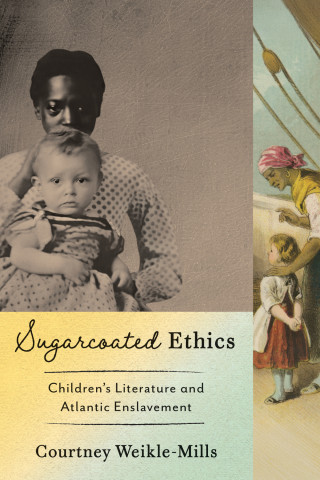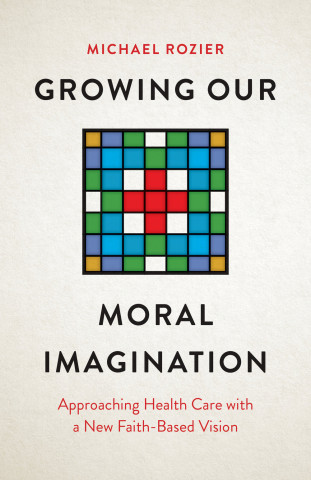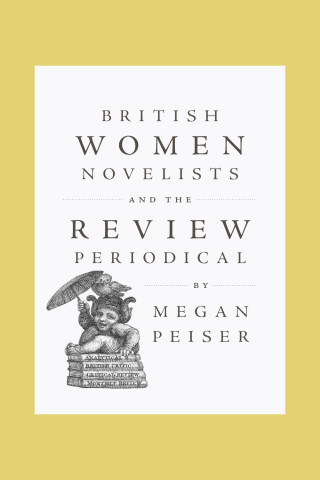
Reviews
An important contribution to the field, essential reading.
She brings an impressive historical knowledge and an admirable rhetorical control to her compelling material.
A significant contribution to our understanding of the process of reform in sixteenth- and seventeenth-century England.
Crawford's knowledgeable and precise historical narrative of the figure of the monster offers a revelatory new perspective.
Her book is an enjoyable read in terms of content and style, and her sensitivity to the particular times, places, and socio-political contexts in which these narratives were produced is admirable. Marvelous Protestantism should be on the shelves of those who wish to understand this period fully.
An exciting piece of original scholarship, from which literary critics, historians, and gender scholars will gain insights into the workings of popular culture and literary imagination. Written in a clear and convincing style, and with an entertaining, generous supply of visual material, the work is consistently illuminating, engaging and fresh.
Book Details
Preface
Acknowledgments
Introduction: "Strange News" and the Reformation of England
1. Protestant Reform and the Fashion Monster
2. "The mother of a monster, and not of an orderly birth": Women and the
Preface
Acknowledgments
Introduction: "Strange News" and the Reformation of England
1. Protestant Reform and the Fashion Monster
2. "The mother of a monster, and not of an orderly birth": Women and the Signs of Disorder
3. Forms of Imperfect Union
4. Heedless Women, Headless Monsters, and the Warsof Religion
5. The ranters monster and the "Children of God"
Conclusion: The Signs of the Times
Notes
Bibliography
Index





